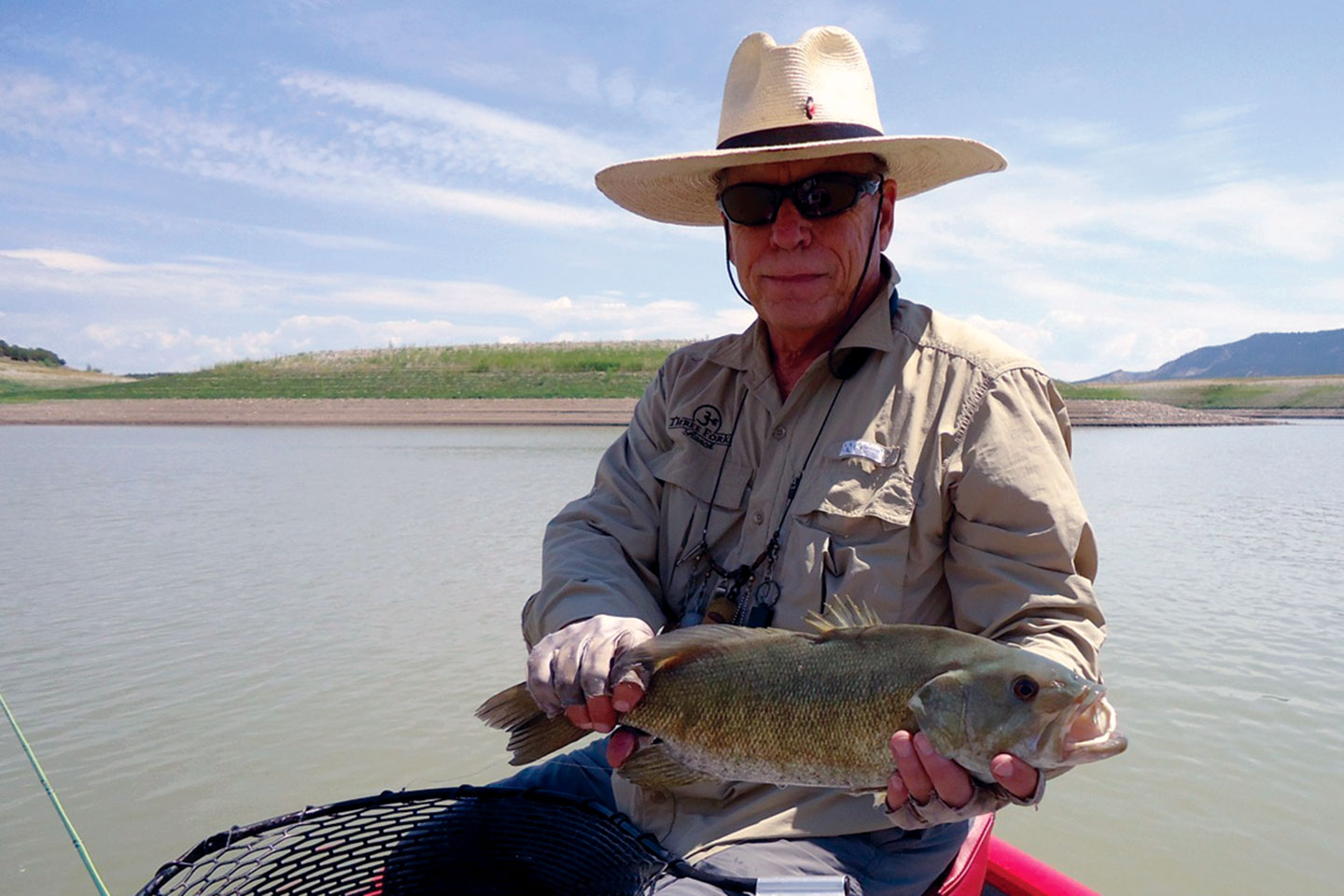I once had a young client who informed me he wanted to learn how to shadow cast. I explained to him there really wasn’t a cast called a shadow cast. He told me he had seen “A River Runs Through It”, saw Brad Pitt make that cast, and he wanted to learn it. I explained to him that a shadow cast was really a false cast. He told me I was wrong, it was a shadow cast. I taught him how to shadow cast and everyone was happy. Don’t you wish life was that straight forward?
If you saw “A River Runs Through It”, you saw a beautiful cast made by a professional fly fisherman doubling for Brad Pitt. If you read the book you absorbed a description of the shadow cast that left no doubt of its beauty. I believe that beautiful cast was nothing more than a really fancy false cast. I hope my young client of days past still calls it a shadow cast; it just sounds better.
So, what is a false cast? I define a false cast as, “a cast with all the principles and movements of a regular cast, only you never let the fly touch the water. You have a back cast and a forward cast that stays in constant motion.”
Now that you completely understand a false cast, you might be asking why make a cast where the fly never touches the water? For starters, making false casts can be a good learning tool. Without leaving your driveway, you can watch what your line is doing by watching the false cast. The main problem I watch for is a tailing loop. I’m really good at tailing loops. By seeing it in a false cast I know where to spend some self-education time.
When on the water a false cast lets me dry my fly off. Once my fly begins to sink, and I don’t want to stop fishing and apply floatant, a couple of false casts allows me to fish a little longer. I can change the direction my fly is going with a false cast. I can also use a false cast to find the right distance for my cast without hitting the water with fish-scaring presentations. With all the good things a false does, why not use it all the time? For starters, a false cast will scare fish, trout in particular. Trout will see the fly and line move through the air and then go deep. This is refereed to as “lining a fish.” It’s a very real occurrence, but is avoidable. If you are going to false cast while on a trout stream, make your cast in a direction away from the fish. Or, make a very short false cast that does not go over the fish.
There are other reasons to limit your number of false casts. It tires you out. You don’t need to make three or four false casts for every one real cast. It is just more work then you need, especially if you’re casting an 8 or 9-weight rod. Making multiple false casts will also limit the number of fish you catch. I have never seen a fish jump eight feet out of the water to grab a fly. I have friends with beautiful false casts. However, at the end of the day, my little rinky-dink cast catches more fish, only because it is on the water twice as long as my friends’ beautiful false casts.
Further, you don’t need a false cast to increase your distance an inch at a time. In fact, if you already have plenty of line on the water, or at your feet, a false cast might not be needed at all. In this situation I like to use a roll cast to get the line moving. After I roll it out, it easy to then lift it off the water and present the fly to an unsuspecting fish.
Try some of these of these tips and see if they don’t help in some small way. Also, watch or read about the “Shadow Cast”; it is a thing of beauty.

